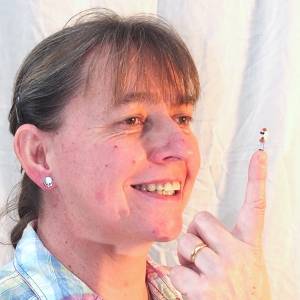Brimstone
Since some days a brimstone is flying in our garden.
I was always way to slow to blip it, but today he or she stayed long enough on the plant for this capture :-D
Interesting facts about brimstones *Wikipedia:
The common brimstone is univoltine, meaning that it lays one generation of eggs each year. There are several ideal characteristics of the particular host plants chosen for oviposition. Adult brimstones lay eggs on the underside of the leaves of the two species of buckthorn plants , where they are less conspicuous.The high mobility of G. rhamni enables the butterflies to find even the most isolated host plants in an area, which are more ideal for their offspring.Eggs are more likely to be deposited on outlying plants, leading to reduced vulnerability as fewer predators are attracted to these plants. Another factor is damage; undamaged plants indicate the absence of other eggs, as brimstone larvae leave holes in the leaves of the plants on which they feed. Since predators and parasites are attracted to damaged plants through chemical or visual signals, less damage leads to greater offspring survival since eggs are less likely to be detected. Plants exposed to both sunlight and the open lead to reduced chances of predation and parasitism as well, and are more accessible to adult butterflies.Larvae can also benefit from decreased host plant defences; juvenile plants and plants with late bud-bursts produce fewer toxic defence chemicals, as resources are directed more towards plant growth.

Comments
Sign in or get an account to comment.


